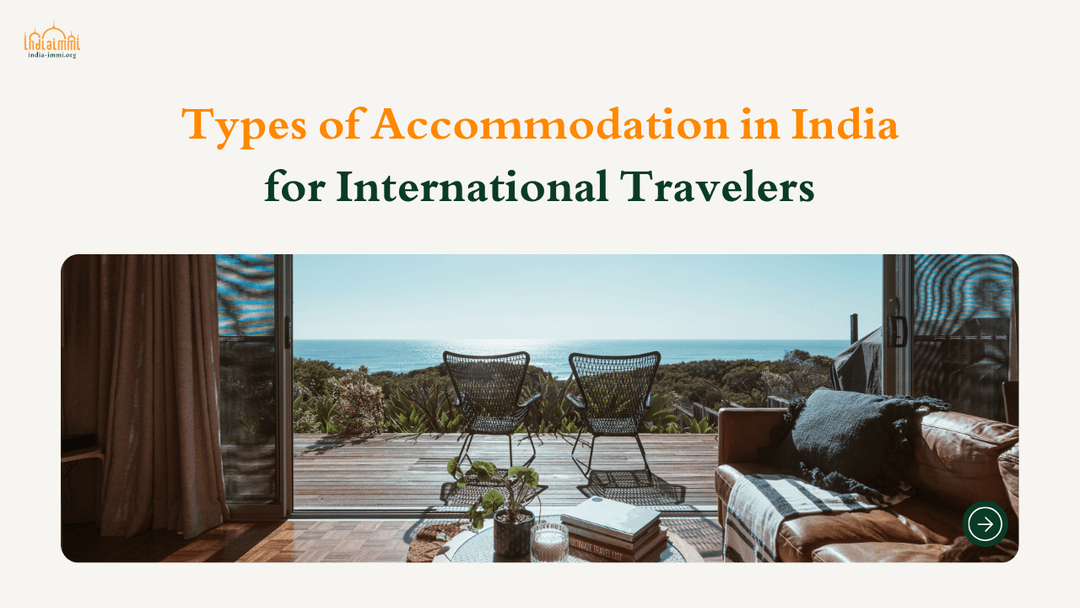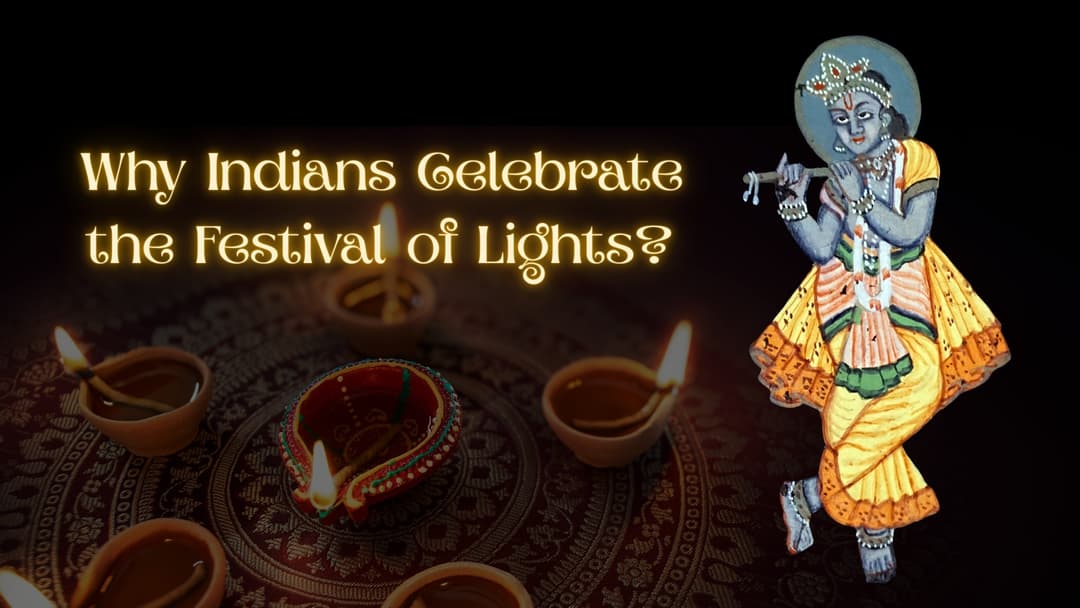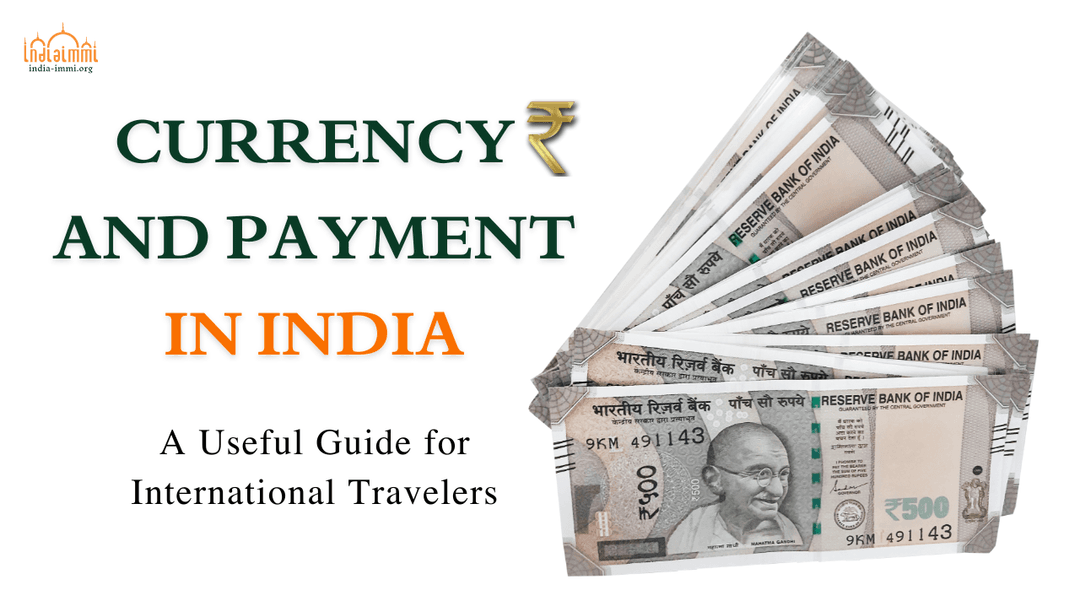India - a land of culture, spirituality, and thousands of years of history - offers travelers an extraordinary journey filled with vibrant traditions and unforgettable experiences. Beyond its rich cuisine, architecture, and customs, India is also a multilingual nation with 22 official languages and hundreds of regional dialects. Among them, Hindi and English are the two most widely used languages across the country.
In particular, English plays a vital role in tourism and international communication. It is widely spoken in major cities and tourist hubs, and even in rural areas, visitors can usually find someone who understands basic English at popular landmarks.
Moreover, most tour guides in India are multilingual - not only fluent in Hindi and English but also able to speak European languages such as Italian, German, Spanish, and French. This makes traveling across India much easier for international tourists. Below is an overview of local languages and the level of English usage at India’s top destinations.
Delhi (New Delhi)
As the capital and administrative heart of India, Delhi primarily speaks Hindi, along with Punjabi and Urdu. However, English is also an official language and is visible everywhere - from public signs to service industries. Most people in Delhi, especially those working in tourism, speak at least basic English. Travelers can comfortably communicate with taxi drivers, hotel staff, shopkeepers, and tour guides without major language barriers.
Agra
Home to the world-famous Taj Mahal, Agra belongs to Uttar Pradesh, where Hindi is the main language and Urdu is also common due to its Mughal heritage. In tourist areas, English is widely used - signs and guides are bilingual, and most hotel staff, restaurant workers, and local guides speak functional English.
Jaipur
Known as the “Pink City” and part of India’s Golden Triangle (Delhi - Agra - Jaipur), Jaipur uses Hindi (with the local Dhundari dialect). However, due to its popularity among international travelers, English is well understood in hotels, restaurants, and major attractions. Speaking a few polite Hindi phrases can earn you warm smiles from locals, but it’s not essential for getting around.
Mumbai (Bombay)
India’s bustling financial and cultural hub, Mumbai, primarily speaks Marathi, but Hindi and English are extremely widespread. Thanks to its colonial past and cosmopolitan nature, English is practically a second language here. Public signs, menus, and transport information are usually in English, and most residents - especially younger generations and service professionals - can converse fluently.
Goa
This tropical paradise speaks Konkani as its native tongue, while Marathi and Hindi are also common. Despite its Portuguese heritage, today English is the main language for tourism. Visitors can easily ask for directions, shop, or order food in English. Many locals mix English with Konkani in everyday conversation, creating a unique and friendly vibe.
Kerala
In southern India, Kerala speaks Malayalam as its primary language, but English is the state’s second official language. Kerala is highly literate, and many locals speak English well, especially in cities like Kochi, Thiruvananthapuram, and Alappuzha. Travelers will find English signs everywhere and can easily communicate with hotel staff, tour operators, and restaurant employees. Saying a few words like “Namaskaram” (hello) or “Nanni” (thank you) in Malayalam will delight locals.
Varanasi
The sacred city of Varanasi, on the banks of the Ganges, uses Hindi and the Bhojpuri dialect. Due to its spiritual significance and global visitors, English is widely used in the tourism sector. Boatmen, hotel staff, restaurant workers, and shopkeepers often speak functional English. Locals love to chat and sometimes respond in poetic phrases, so be patient if you need clear directions.
Rishikesh
Called the “Yoga Capital of the World”, Rishikesh speaks Hindi and Garhwali but is highly English-friendly due to its international yoga and meditation scene. Ashrams, cafes, hotels, and tour centers all use English extensively. Even monks and street vendors often know basic English phrases to assist visitors.
Udaipur
The romantic “Venice of the East,” Udaipur, speaks Mewari (a Rajasthani dialect) and Hindi, but English is the default language for tourism. Hotel staff, guides, taxi drivers, and shopkeepers often speak at least basic English. Knowing a few Hindi greetings will make your visit even more pleasant.
Bangalore (Bengaluru)
India’s tech capital, Bangalore, officially speaks Kannada, but English is nearly universal thanks to the city’s global culture. Locals also know Hindi, Tamil, and Telugu. From ride-hailing apps to museums, hotels, and restaurants, travelers can rely on English with ease.
Useful English - Hindi Travel Phrases
-
Hello: नमस्ते - Namaste
-
Thank you: धन्यवाद - Dhanyavaad
-
Excuse me/Sorry: मुझे क्षमा करें - Mujhe kṣamā karen
-
Where is the restroom? बाथरूम कहाँ है? - Bathroom kahaan hai?
-
How much is this? यह कितने का है? - Yeh kitne ka hai?
-
The bill, please. कृपया बिल दीजिए - Kripya bil dijiye
These simple phrases will help you navigate basic situations like asking for directions, shopping, or dining. In particular, greeting locals with “Namaste” and a respectful hand gesture will make interactions warmer and friendlier.
Conclusion
Language will not be a big barrier when visiting India, as English is widely spoken in almost all major tourist destinations. Still, learning a few Hindi words will make your trip more culturally immersive.
Before you set off on your Indian adventure, make sure to apply for your e-visa online for a smooth and hassle-free entry. Visit India-immi.org to quickly and safely obtain your Indian e-visa, ensuring your journey is stress-free and unforgettable.











